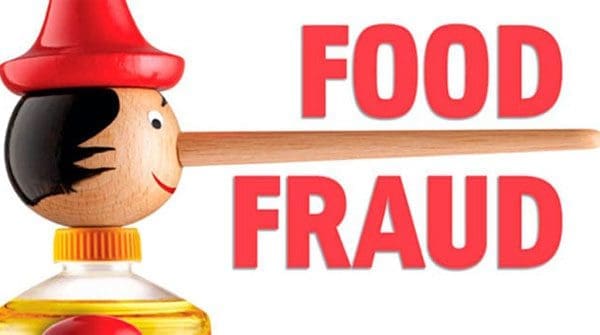 If you think Canada is immune to fraudulent food labels, think again. Chances are, you have unknowingly purchased a food product with an inaccurate food label.
If you think Canada is immune to fraudulent food labels, think again. Chances are, you have unknowingly purchased a food product with an inaccurate food label.
Regulators and the food industry are beginning to realize that the problem is far more widespread than first supposed. For example, a recent study in the U.S. revealed a substitution rate of 57 percent in meat labelling. This is a disconnect between the contents of the product and the information found on its label.
Similar results were found in a study involving chicken sausages in Italy. Not a month goes by without a published study acknowledging how much of a problem this is. This of course raises significant food-safety and consumer-protection issues. Allergens alone can pose significant risks to vulnerable consumers with medical conditions.
There are many reasons for the boom in fraudulent labels. The remarkable growth of food counterfeiting can be partially attributed to the increase in global trade, emerging new markets, and the steady increase in world food prices. Processors, agents, brokers and distributors alike are often tempted to substitute ingredients or products so they can cut the price of a product. As well, resource scarcity, the potential for greater profits, and inadequate legislation have all encouraged counterfeit labelling, the most common result of which is food fraud.
Food fraud dates as far back as the Greek and Roman empires. In recent years, access to advancing technology has allowed us to quickly recognize food distribution failures. In light of the European horsemeat scandal, we have come to realize that failures such as mislabelling can occur on a global scale.
Over the years, some categories of food have been affected more than others. The most documented cases in the food industry have been with fish and seafood products, some of which have been reported in Canada. For example, DNA analysis of hake products commercialized in southern Europe have demonstrated that more than 35 percent of fish packages were mislabelled on the basis of species substitution.
In recent years, other categories have been targets: wines and olive oil, among others. There have been alleged cases of non-organics sold as organically grown commodities. The list goes on.
The best approach to this problem is improved traceability. In the past, food traceability – the capacity to track food ingredients across supply chains – was promoted to improve food safety.
The enhancement of tracing systems alone is insufficient, however. While close monitoring by food regulators will help, the work of surveying the entire system regularly would be an overwhelming task. The Canadian food retail industry is a $120-billion business. It would be unrealistic, and even undesirable to expect regulators to effectively monitor it. In addition, added public monitoring would likely result in increased bureaucracy.
The food industry is just as concerned about food fraud as consumers; perhaps more so. Reported cases of inaccurate labelling can be devastating to both brand equity and the reputation of companies. The main driver for a reduction on food fraud cases is accountability within the industry, and consumers have every right to expect it. More questions are being asked when goods are sold from business to business, before it reaches consumers.
For the industry, the clock is ticking. Technological advances are making traceability more accessible, and soon consumers themselves will able to self-authenticate the origins of food products and the validity of ingredients. Devices and apps can already do this. It will be interesting to track the response of industry and regulators, once consumers have access to these tools. Millions of citizen regulators may not be feasible today, but it is a very possible reality for the very near future.
Before consumers actually become part of food traceability systems in real time, industry should ensure food fraud becomes a problem of the past, and as soon as possible.
Dr. Sylvain Charlebois is senior director of the agri-food analytics lab and a professor in food distribution and policy at Dalhousie University.
Sylvain is a Troy Media contributor. Why aren’t you?
The views, opinions and positions expressed by columnists and contributors are the author’s alone. They do not inherently or expressly reflect the views, opinions and/or positions of our publication.


